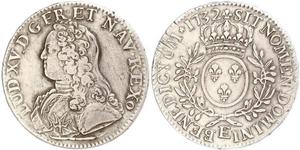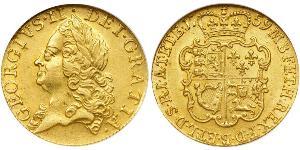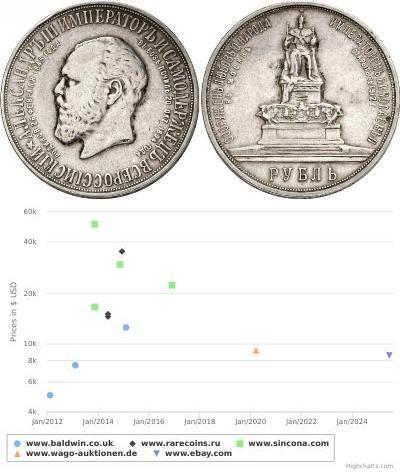(售价 $46.0)
1792, France (1st Republic), Louis XVI. Bronze 12 Deniers Coin. Lyon mint!
Condition: VF
Mint year: 1793
Mint Place: Lyon (D)
Denomination: 12 Deniers
References: Gadoury 15, KM-600.5.
Weight: 11,31gm
Material: Bronze
Diameter: 30mm
Obverse: Draped Bust (DuVivier type) of Louis XVI left with bound hair left, minmark of Strasbourg (heart) below.
Legend: LOUIS XVI ROI DES FRANCAIS. / D
Reverse: Fasces topped by phrygian cap of liberty, splitting value (12-D) within wreath.
Legend: LA NATION LA LOI LE ROI . (privy mark) . 1792 . 4 . DE LA LIB .
In 1792 the early reverses of the French army in the war with Austria and Prussia and threat of the Duke of Brunswick to destroy Paris if the royal family were harmed infuriated the Paris sans-culottes. The king and his family were imprisoned on August 10 in the Temple, and in September, as the Prussians were defeated at Valmy, the Convention declared a Republic. Incriminating evidence against Louis was later found, and he was tried and found guilty by a unanimous vote. He was guillotined on 21 January 1793. Although the king's portrait is known on issues dated 1793, his rule ended with his imprisonment in 1792.
Louis XVI or Louis-Auguste de France (Versailles, 23 August 1754 – Paris, 21 January 1793) ruled as King of France and of Navarre from 1774 until 1792, and then as King of the French from 1792 to 1792. Suspended and arrested during the Insurrection of 10 August, he was tried by the National Convention, found guilty of treason, and executed by guillotine on 21 January 1793. He was the only king of France to be executed.
Although Louis was beloved at first, his indecisiveness and conservatism led some elements of the people of France to eventually view him as a symbol of the perceived tyranny of the Ancien Régime. After the abolition of the monarchy in 1792, the new republican government gave him the surname Capet, a reference to the nickname of Hugh Capet, founder of the Capetian dynasty, which the revolutionaries wrongly interpreted as a family name. He was also informally nicknamed Louis le Dernier (Louis the Last), a derisive use of the traditional nicknaming of French kings. Today, historians and French people in general have a more nuanced view of Louis XVI, who is seen as an honest man with good intentions, but who was probably unfit for the herculean task of reforming the monarchy, and who was used as a scapegoat by the revolutionaries.























